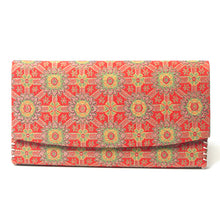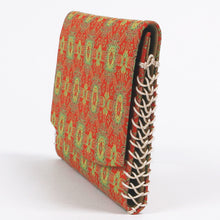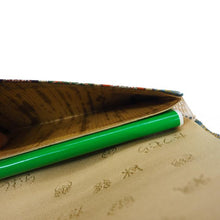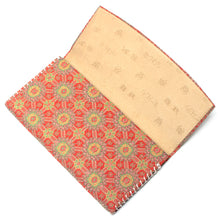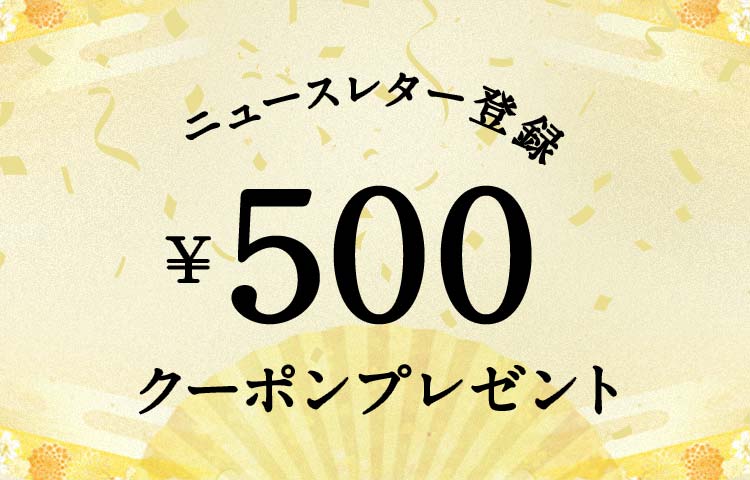Detail
| Product : | Kaishi Paper Container (Tea-things) (Shokko Nishiki) |
|---|---|
| Type : | 懐紙入 |
| Size (cm) : | W18.5 x H10.0 x D2.0 |
| Tags : | 130th anniversary object-3、 Wrapping available、 Famous fabric、 Pattern: Shokuben Nishiki (red brocade)、 Search_Spring Weekend 2025 Target、 Search_Spring_Weekend_2025_Subject_3、 Autumn Tea Ceremony、 Tea utensils、 |
| Other : | The pattern may be different from the image shown due to the cutting process. Please understand this in advance. |
| Other : | Gift wrapping service available |
Reviews
Description
A small clutch bag for tea ceremonies.
Patterns
Shokko Nishiki(Shokko Brocade)
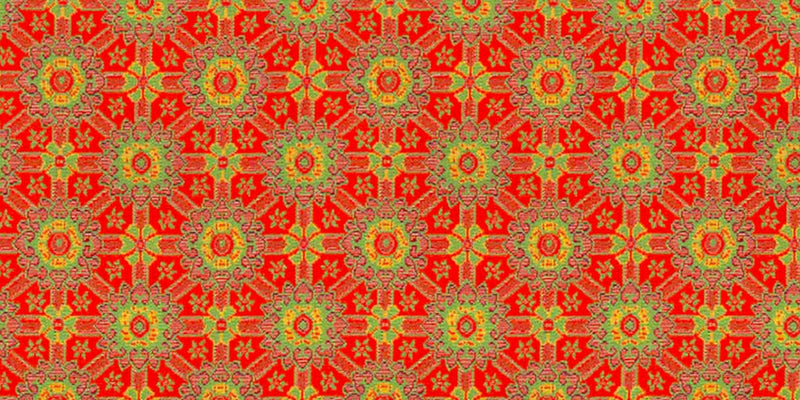
Shokko Nishiki originally means a red brocade woven at a mill in Chengdu, capital city of Shu Dynasty China (221-263 AD). The brocade had long been known for its beauty in ancient China. Later, the term came to be applied to a particular geometrical pattern, regardless of the origin of the fabric.
At Horyu-ji temple, Nara, Japan, there are preserved two kinds of Shokko Nishiki, designated as Important Cultural Assets, one with a floral design in squares and the other a geometric pattern, both on a red ground.
This piece is a reproduction of the Shokko Nishiki which is supposed to have been made in China in the 14th Century and handed down at a House of Maeda, a grand feudal lord in the Edo Period (1600-1868 AD). It is excused as warp-patterned brocade with a sophisticated color scheme.





